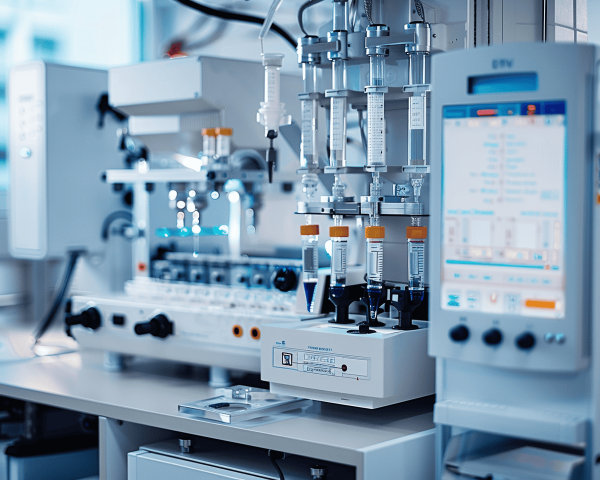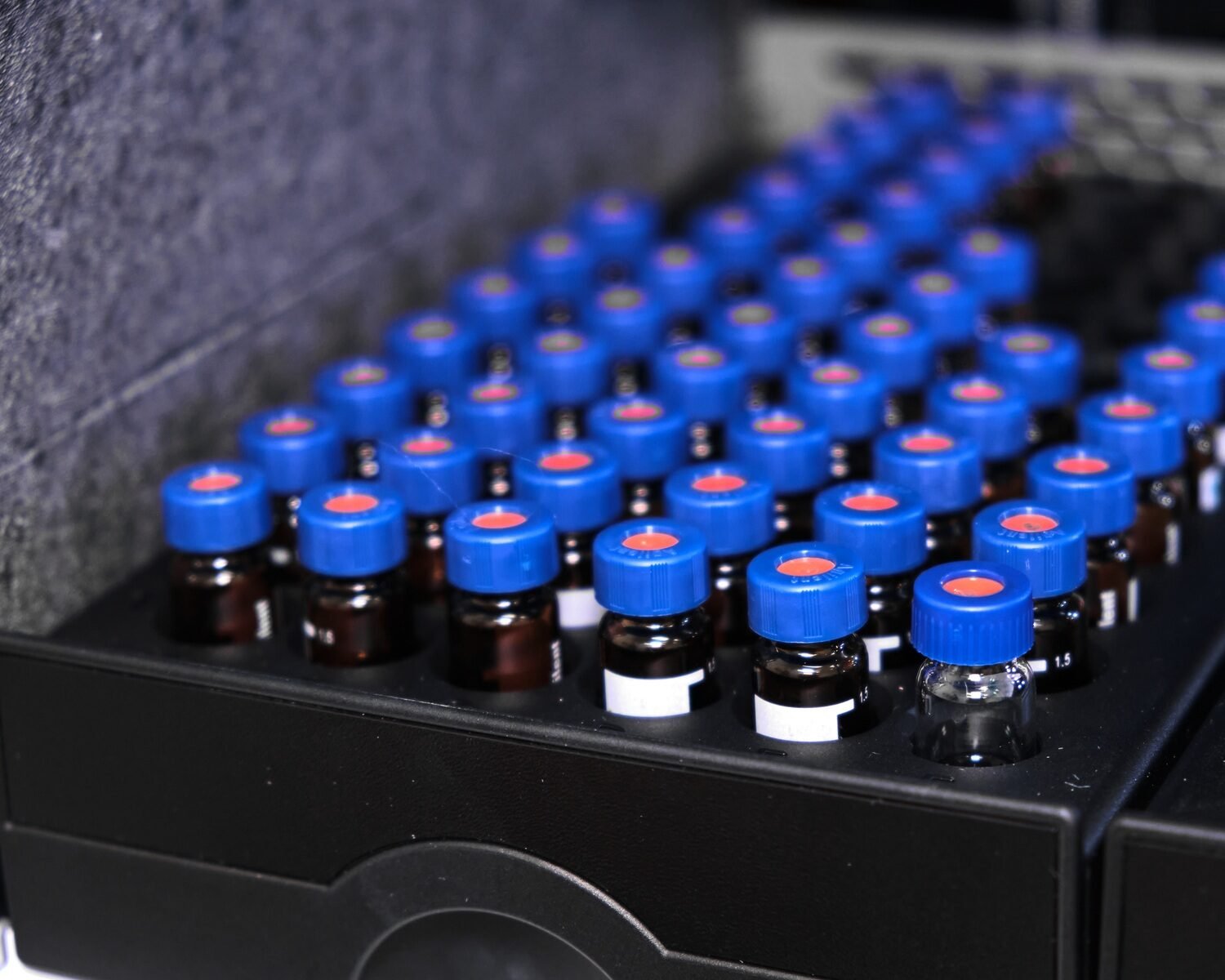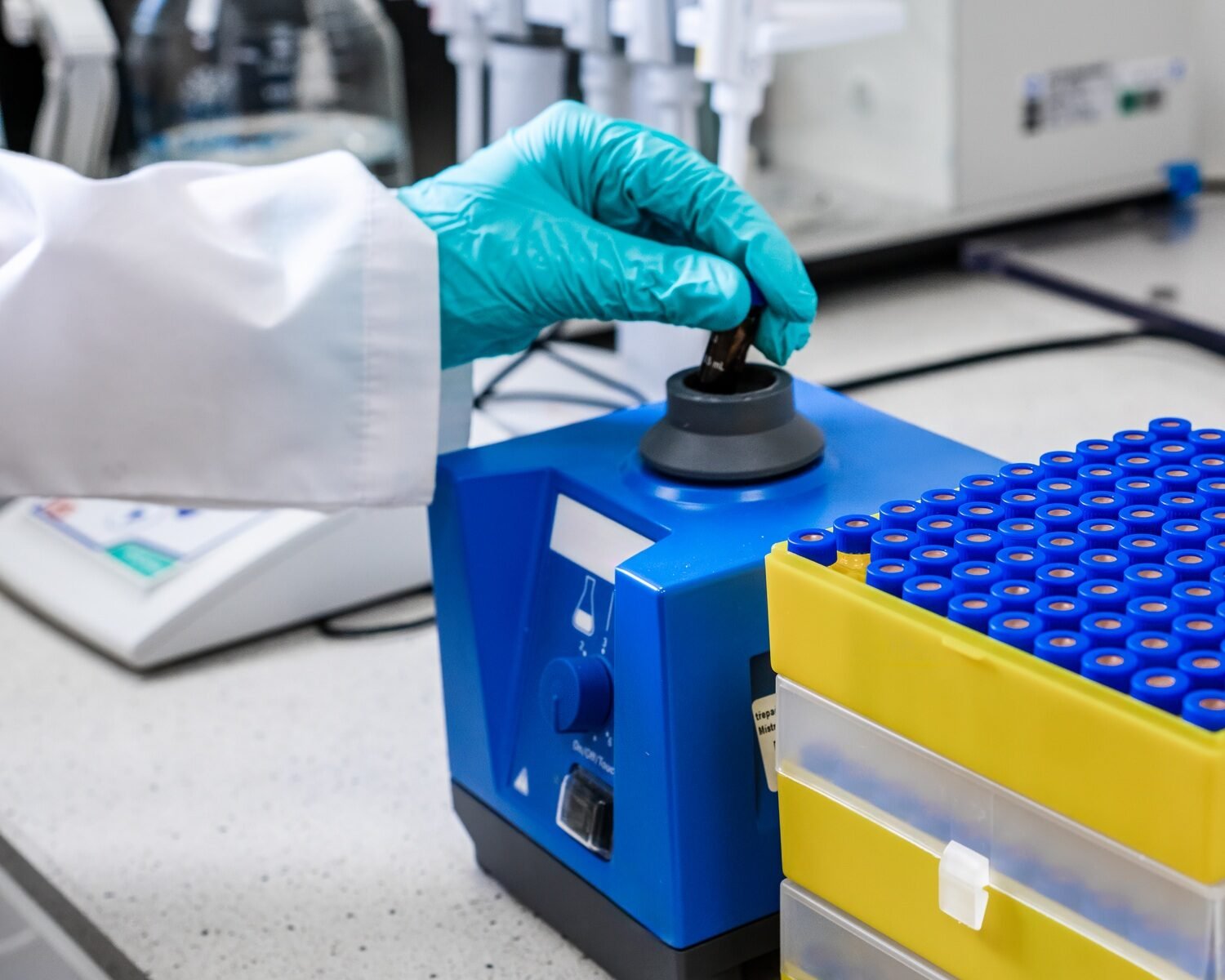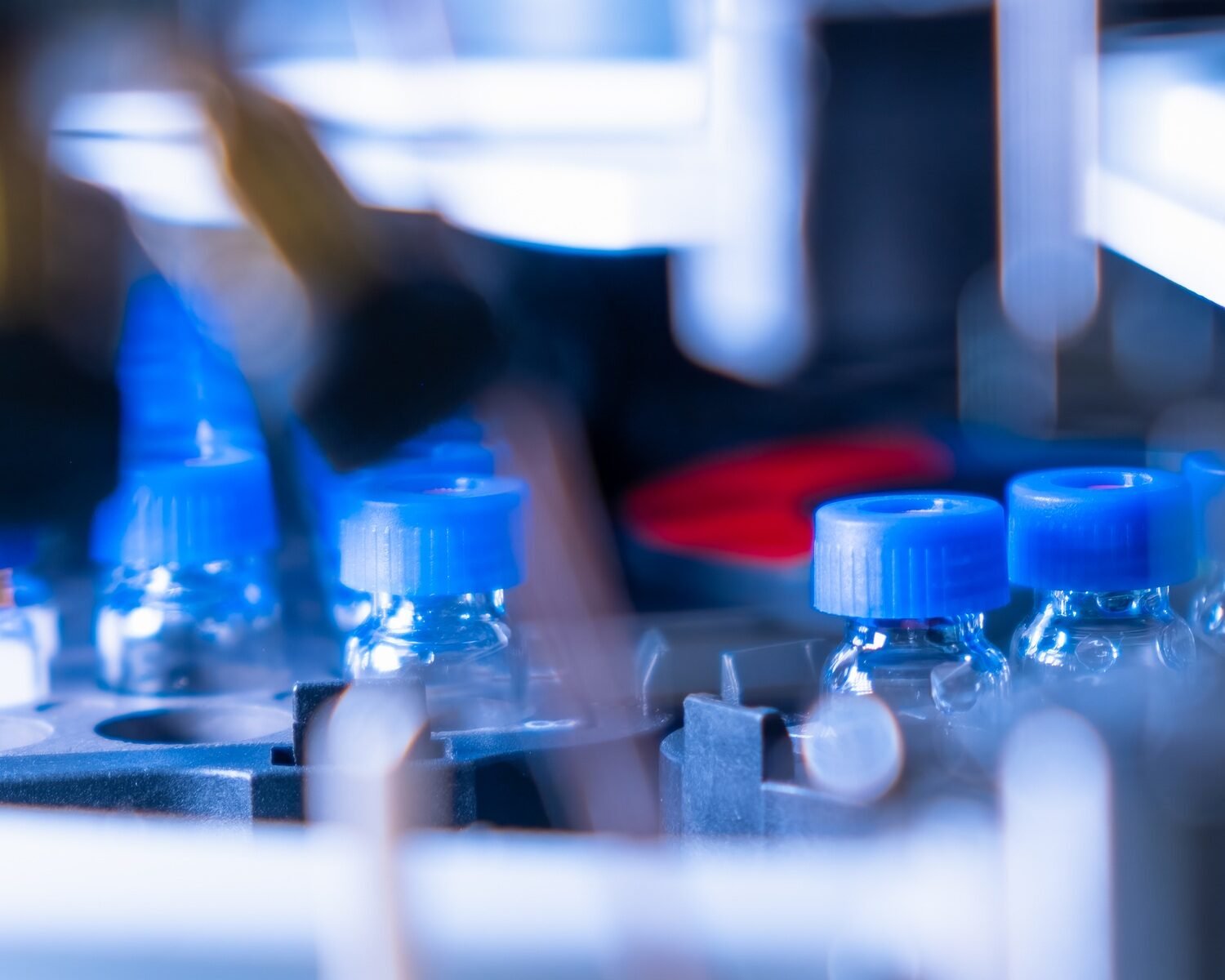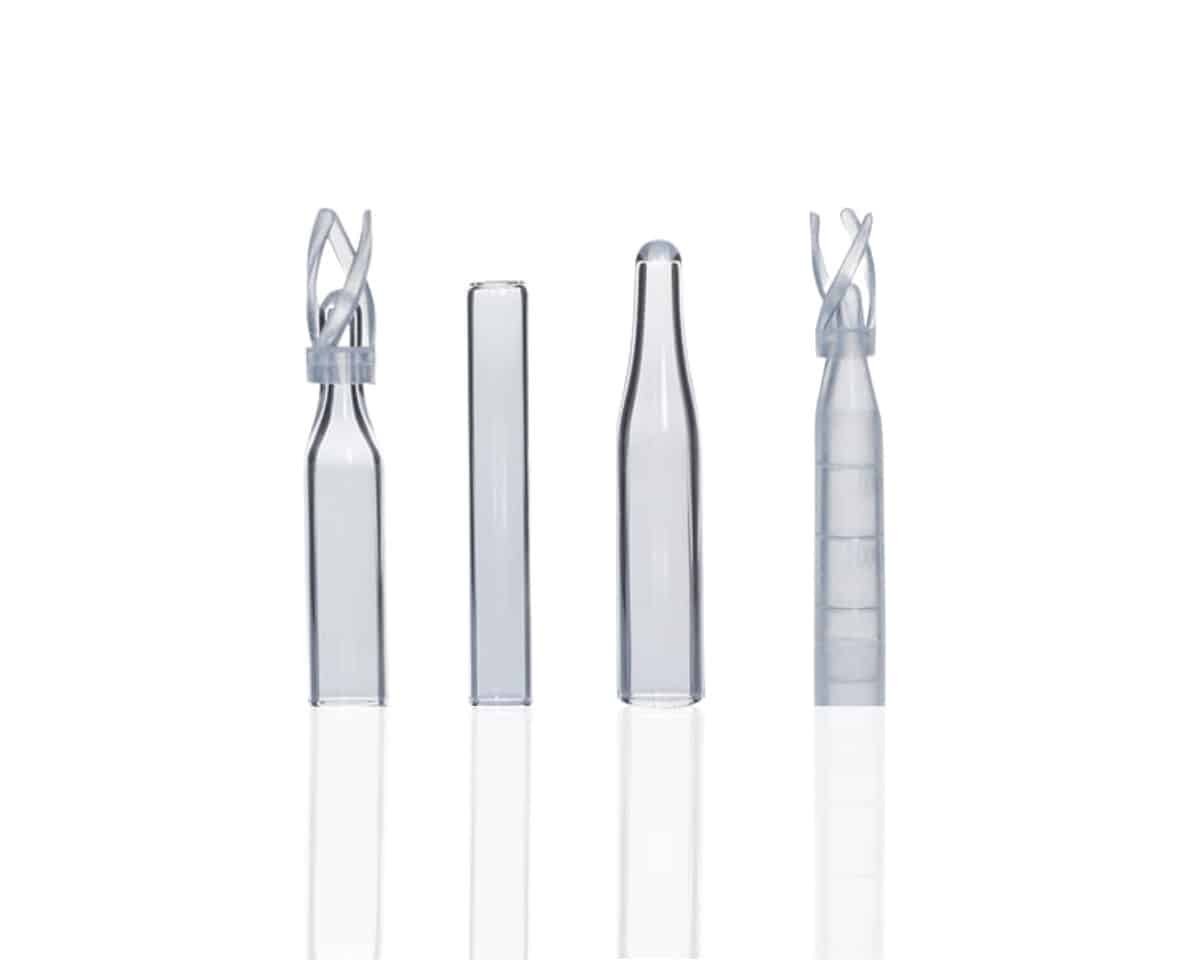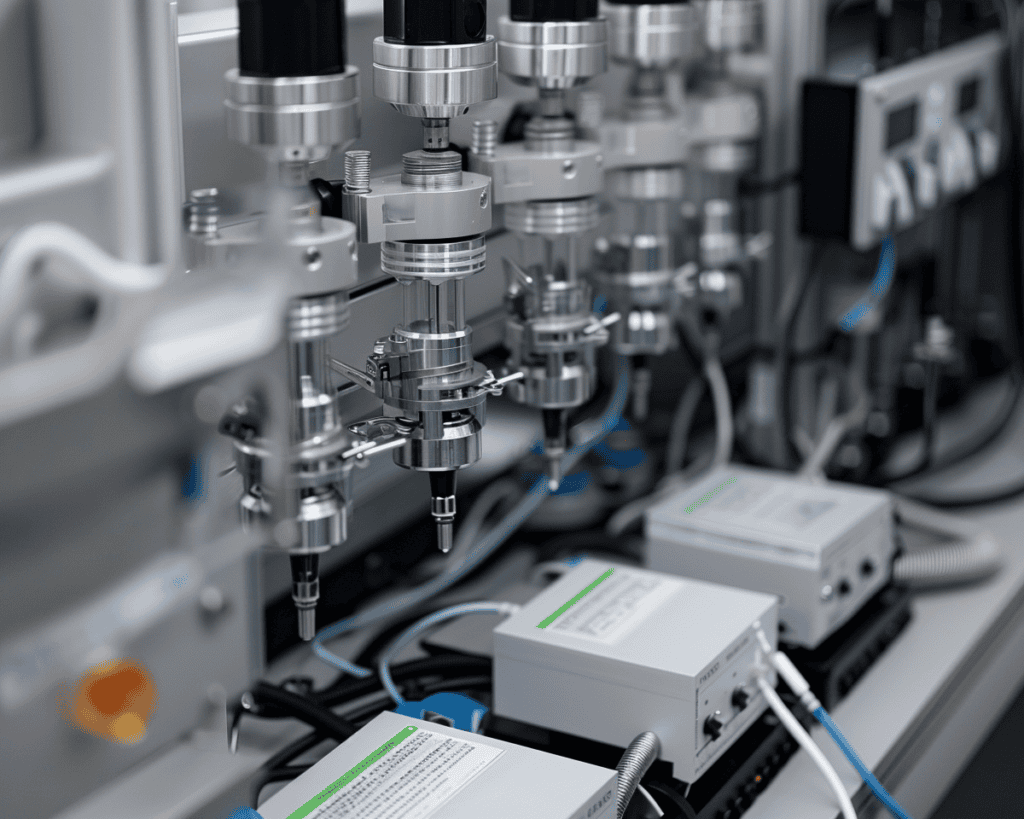
Gas chromatography (GC) is an excellent tool for separating and analyzing volatile compounds. However, it has its limitations, especially when it comes to detecting certain types of components. So, which compounds slip through the cracks? Let’s dive into it.
Why Some Components Aren’t Detected
Gas chromatography relies on the volatility of compounds—meaning they must be able to evaporate without decomposing. The components that aren’t detected are typically those that don’t meet this criterion. If a compound cannot be vaporized or it breaks down at high temperatures, it won’t show up on the chromatogram.
What kinds of substances fall into this category?
Components Not Detected by GC
1. Large Biomolecules
Proteins, polysaccharides, and nucleic acids are examples of large biomolecules that are generally not detected by gas chromatography. Why? These molecules are just too large and complex. They won’t vaporize easily, and even if they do, they’re likely to decompose before reaching the detector. So, if you’re working in fields like biotechnology or proteomics, gas chromatography may not be the best method to analyze these substances.
2. Salts and Ionic Compounds
Salts and ionic compounds are also a no-go for gas chromatography. These substances don’t evaporate—they have too high of a boiling point, meaning they simply won’t enter the gas phase. Think about table salt. Can you imagine it turning into gas without extreme heat? It’s nearly impossible. In fact, if you try to use GC on ionic compounds, you’ll just end up with residue clogging up your instrument. What do you think—worth the risk?
3. Thermally Unstable Compounds
Some compounds, while potentially volatile, cannot withstand the high temperatures used in gas chromatography. These are known as thermally unstable compounds. They decompose before they even have a chance to vaporize, leaving no trace on the chromatogram. Organic peroxides, for instance, are highly sensitive to heat and decompose rapidly, making them difficult to analyze with GC.
Can You Detect These Compounds in Other Ways?
Absolutely! If gas chromatography isn’t an option, there are alternative techniques:
- Liquid Chromatography (LC) is a popular choice for non-volatile or thermally unstable compounds. Unlike GC, LC doesn’t require the sample to be vaporized, making it ideal for larger biomolecules and salts.
- Mass Spectrometry (MS), when paired with another technique like liquid chromatography, can offer more sensitive detection for a broader range of compounds.
Common Misconceptions About GC Detection
You might hear people say that gas chromatography can detect “everything,” but that’s simply not true. Some common gases like carbon dioxide (CO₂) or water (H₂O) may not be detected either, depending on the detector you’re using. For instance, if you’re using a Flame Ionization Detector (FID), it’s great for organic compounds but will miss out on detecting water or carbon dioxide. Surprised? It just goes to show that understanding your equipment and its limitations is crucial in analytical chemistry.
Conclusion: Should You Always Use Gas Chromatography?
Now that we’ve walked through which components GC won’t detect, it’s clear that while gas chromatography is powerful, it’s not universal. Large biomolecules, salts, and thermally unstable compounds are best left to other methods like liquid chromatography or mass spectrometry. Does this mean GC isn’t useful? Of course not! It’s still the go-to for analyzing volatile organic compounds, and when paired with the right detector, it’s incredibly versatile.
What do you think? Have you ever encountered a component that GC couldn’t handle? How did you approach it?
Additional Resources
For a deeper dive into how gas chromatography works, check out this Gas Chromatography Explained for Beginners on YouTube. It’s a great primer, especially if you’re just getting started with GC.You can also view another detailed Gas Chromatography Overview for more advanced insights.

